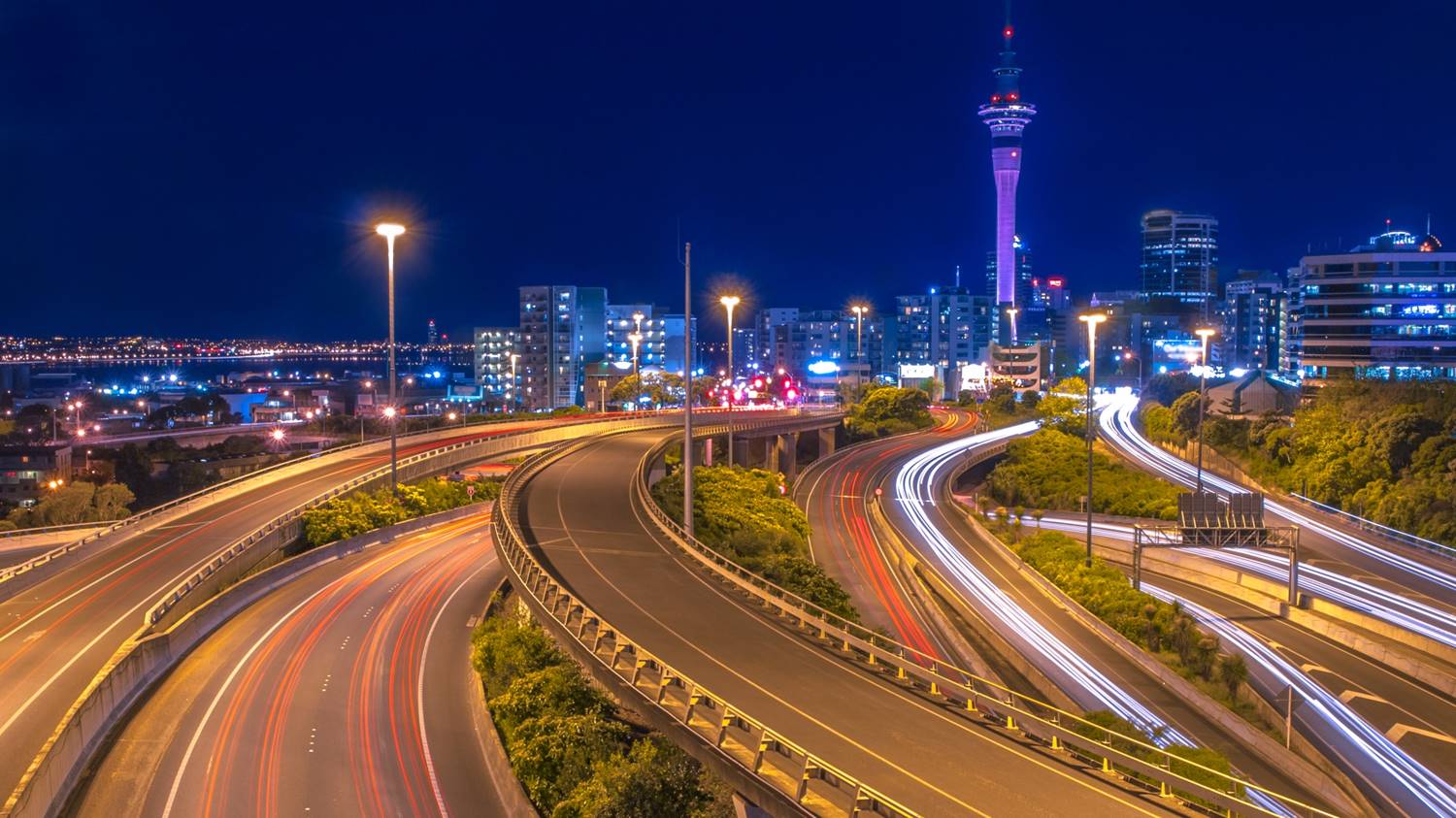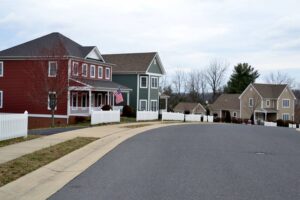
COVID-19 restrictions outside the city and Level 4 restrictions inside have forced the market to drop to a 4-month low with the average asking price dropping by 2.8% to $865,348 in September, from $900,671 in August, as per industry reports. The Auckland housing market, however, remained buoyant.
Tough times for the NZ real estate market?
The housing market in New Zealand surpassed expectations of the industry and beyond amidst the pandemic. Even up until September, the nation’s property trade exhibited the highest growth since 2000- not a small feat by any means. The avg. yearly listings numbers across the NZ market as a whole, have gone down in comparison to 2020. There is a lack of open homes- which indicates homes ranging in the national avg. asking price coming into the market. and abundance of high-priced properties.
There were only13,407 homes available to buy; which is 23.7% lesser than the year-on-year. Lack of supply, coupled with pent-up demand has driven up the asking prices in some parts. But, the stringent Loan-to-Value diktats and high interest rates have also curbed some of that demand.
Experts and buyers should know, however, that while the average NZ asking price shows a stagnant market, the positive news has trickled out of other cities besides Auckland. While other localities are barely managing to hold on to their growth with Level 2, restrictions, Auckland is still racing, even with a Level 3 restriction.
Auckland housing market – still going strong?
Auckland has shown great promise in the last few months, reaching record median house price hikes in July and August. High demand coupled with FONFA (Fear Of Not Finding Anything) drove customers to purchase property at premium prices. A 5-year record-breaking 7345 properties exchanged hands across Auckland in June 2021; in comparison to June 2020.
This means the transactions had increased by 6.2% year on year. Nationally the average asking price was $893,794 and $875,197 in June and July, respectively. If Auckland housing market news and reports are to be believed, then the city’s property market is the only resilient sub-market amidst the September lockdown restrictions. Market experts and brokers remain hopeful because the month was not completely unproductive.
Additional Read:
Bet on these Auckland Housing Market Suburbs with Highest Growth since 2000
Despite the Level-4 lockdown, there have been strong reports of lucrative property deals that brought the average asking price here to $1,196,975. Some of Auckland’s suburbs depicted record highs since the 2000s. Location’s such as Point England have witnessed a cool 616% hike, Glen Innes saw a 310% hike, and Wai ō Tāiki saw a 594% increment, in the last couple of decades. Locales such as Oneroa, and Point Chevalier have also shown great performance in the last half of a decade.
However, September news suggests that the property market here is now highly reliant on one-on-one viewings. New listings in September have been down by 57.9% in Auckland. The new listings are even lower than August listings by 34%. The housing stock is also down by a worrisome 21%. But, Auckland housing market predictions from hopeful experts suggest that these numbers should start climbing again, once the restrictions are lowered to level 2 from the incumbent Level 3.
What is in store for the rest of New Zealand?
Wellington has displayed a hike in the year-on-year listings numbers, with an increment of 26.3%, year-on-year. The average asking price here remained at a respectable $958,670 in September. There was a generous increase in listings, year-on-year, by 14.5%, and even the stock went up by 21.9%. Wellington locales, such as Hawkes Bay and Central North Island depicted a 15.2%and 1.6% hike, year-on-year. Overall, Wellington closed the monthly average at $1,082,993, a monthly increase which means a month-on-month increase of 1.7 percent
Overall, the days of fretting for the NZ property market may be short-lived. The rest of NZ can follow the Auckland housing market’s example and cope with easing growth rates. At $950,229, the yearly average value is up by 27.8%, year-on-year. In the saturated Auckland property market, the final average was at $1,346,964, a month-on-month increase of 0.7%.
Brokers and sellers can certainly hope that the prices shall grow, as soon as the restrictions are lowered, should the potential number of buyers in the market hold.





